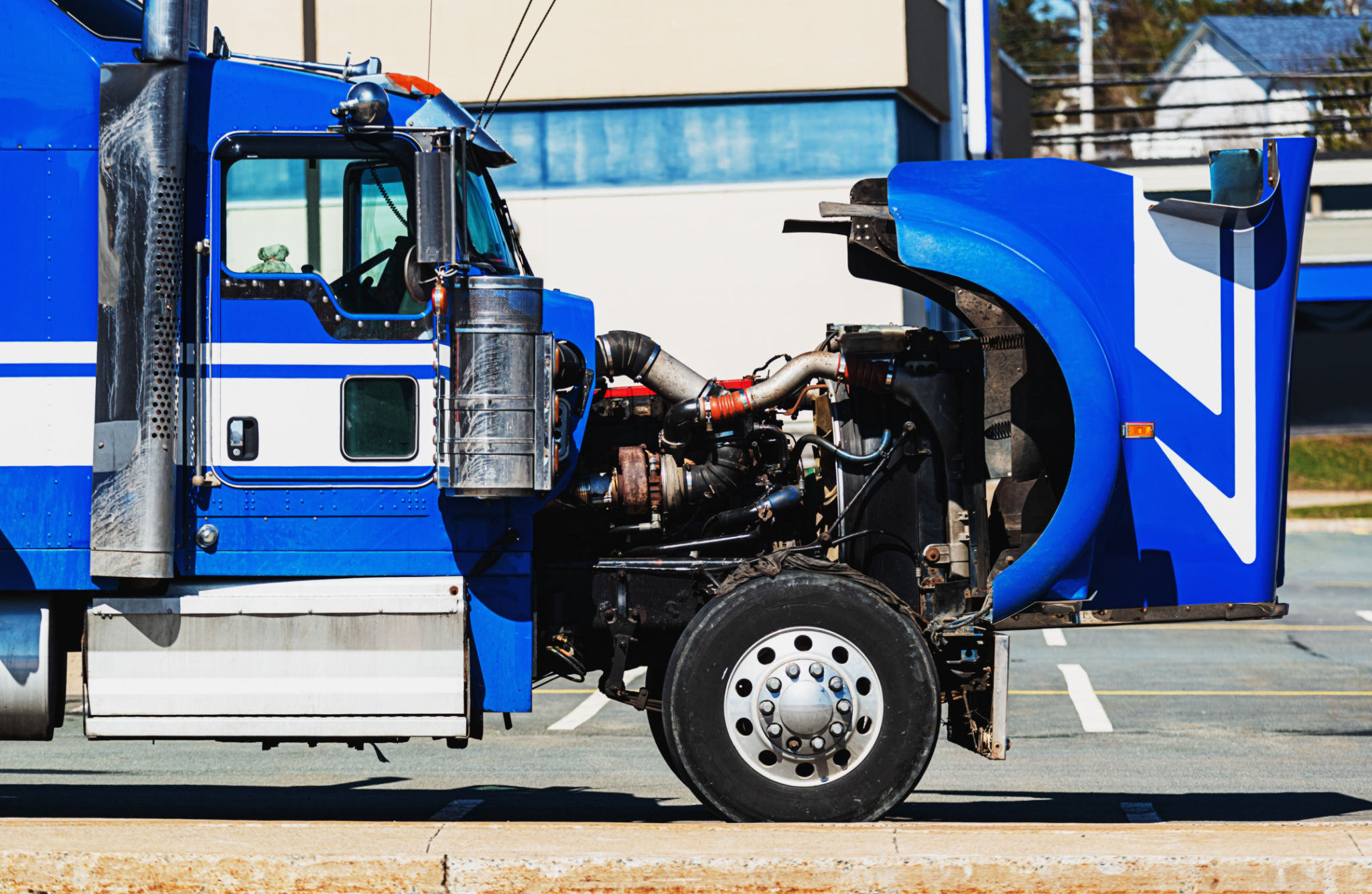The Ultimate Guide to Trucking Safety: Best Practices for Every Fleet
Understanding the Importance of Trucking Safety
In the world of logistics and transportation, trucking safety is paramount. With millions of trucks on roads every day, ensuring the safety of drivers, cargo, and other road users is essential. Accidents can lead to costly damages, legal issues, and even loss of life. Therefore, implementing effective safety practices is not just a regulatory requirement but a moral obligation for every fleet manager.

Safety in trucking involves a comprehensive approach that includes driver training, vehicle maintenance, and adherence to industry regulations. By understanding the key components of trucking safety, fleet managers can significantly reduce risks and improve operational efficiency.
Driver Training and Education
A well-trained driver is the cornerstone of any safe trucking operation. Comprehensive driver training programs should cover defensive driving techniques, proper cargo handling, and the use of safety equipment. Continuous education ensures that drivers stay updated on the latest safety protocols and technologies.
Encouraging a culture of safety within the company also plays a critical role. Drivers should feel empowered to report safety concerns without fear of retribution. Regular safety meetings and workshops can help reinforce this culture and keep safety top of mind.
Vehicle Maintenance and Inspection
Regular vehicle maintenance is crucial for preventing breakdowns and accidents. A robust maintenance schedule should include routine checks of brakes, tires, lights, and other essential systems. Ensuring that all parts are in good working condition can prevent unexpected failures on the road.

Pre-trip inspections conducted by drivers are equally important. These inspections can identify potential issues before they become serious problems. By maintaining a checklist of critical points to inspect, drivers can contribute significantly to their own safety and that of others.
Adherence to Regulations
Compliance with industry regulations is non-negotiable. Fleet managers must ensure that their operations align with federal and state laws regarding hours of service, vehicle weight limits, and hazardous materials handling. Staying informed about regulatory changes can help fleets avoid penalties and maintain a good safety record.
Implementing technologies such as electronic logging devices (ELDs) can assist in monitoring driver hours and ensuring compliance with hours-of-service regulations. These tools provide an added layer of accountability and help streamline operations.

Utilizing Technology for Enhanced Safety
The integration of technology in trucking has revolutionized safety standards. Advanced driver-assistance systems (ADAS), such as collision avoidance and lane departure warnings, are becoming standard in modern fleets. These technologies assist drivers in making safer decisions on the road.
Telematics systems also provide valuable data on driver behavior, fuel efficiency, and vehicle health. By analyzing this data, fleet managers can identify areas for improvement and implement targeted training or maintenance strategies.
Emergency Preparedness and Response
Despite all precautions, emergencies can still occur. Having a well-defined emergency response plan is essential for mitigating risks associated with accidents or mechanical failures. This plan should include contact information for emergency services, procedures for securing cargo, and guidelines for communication with dispatchers.
Training drivers on how to handle emergencies can also make a significant difference. They should know how to safely exit a vehicle, administer basic first aid, and communicate effectively with emergency responders.
In conclusion, trucking safety is a multifaceted endeavor that requires commitment from every level of an organization. By prioritizing driver training, regular maintenance, regulatory compliance, technological integration, and emergency preparedness, fleets can ensure safer roads for everyone involved.